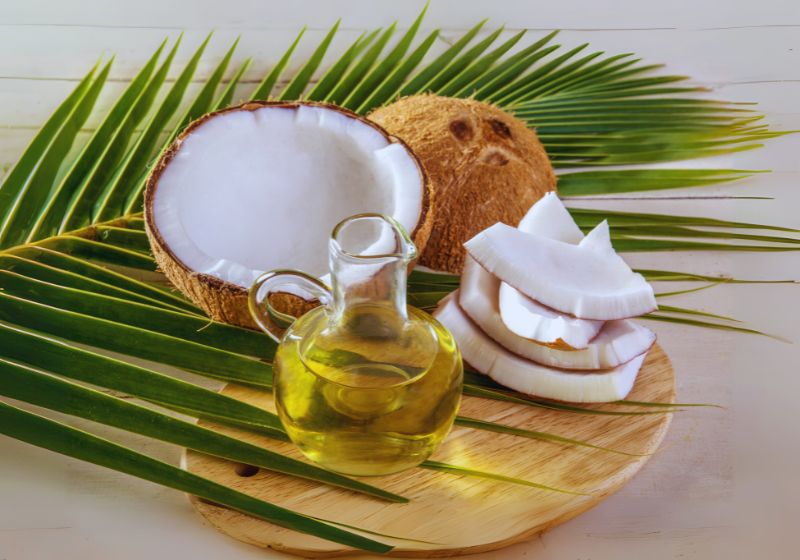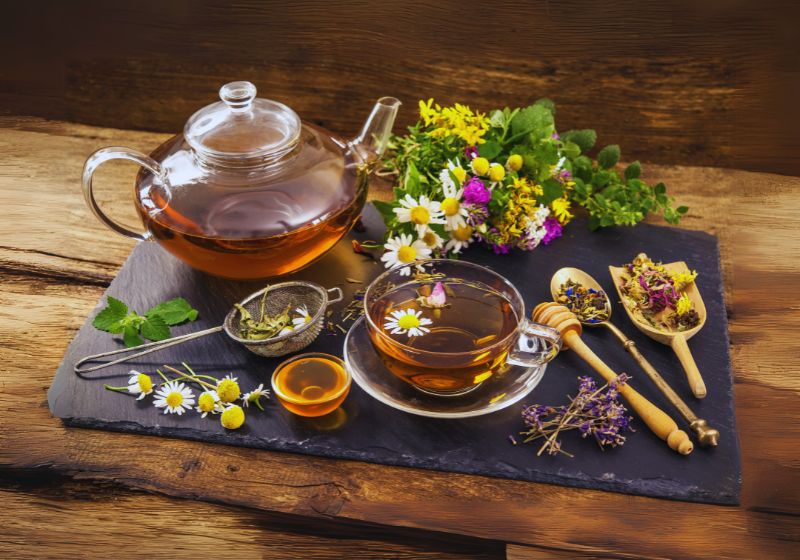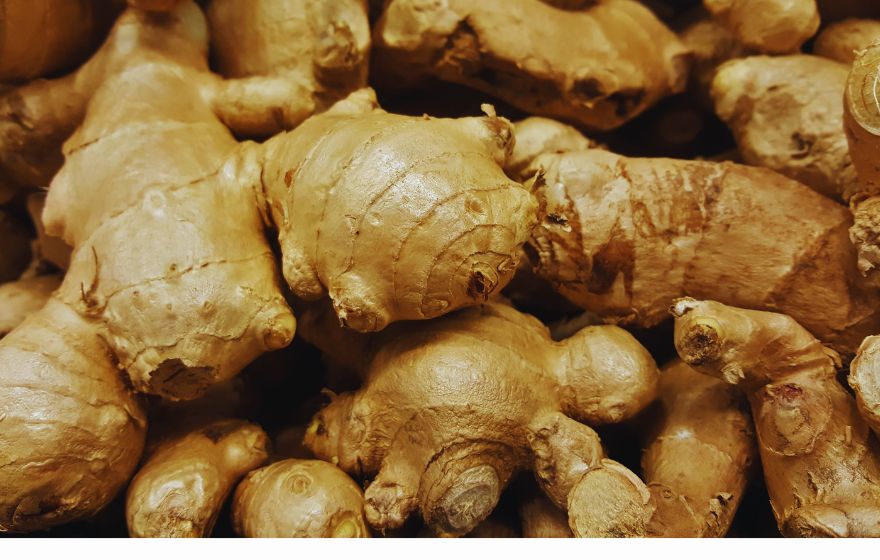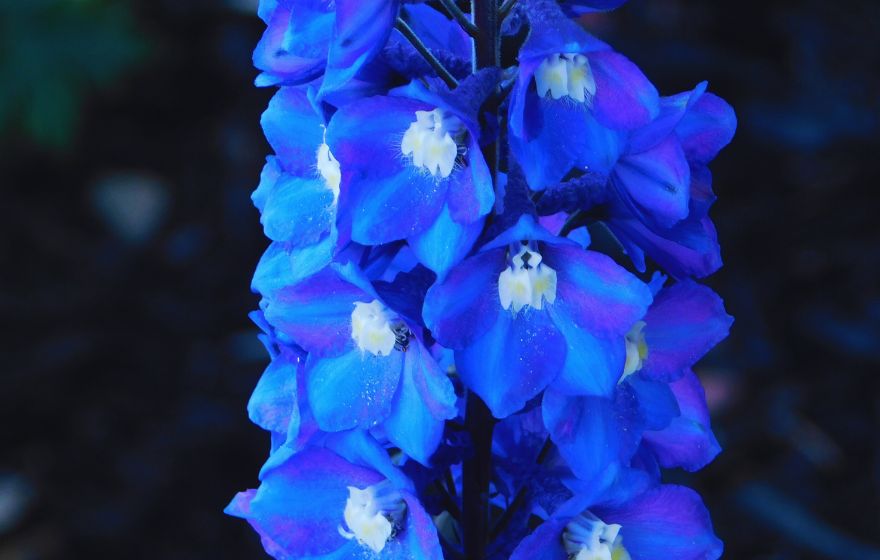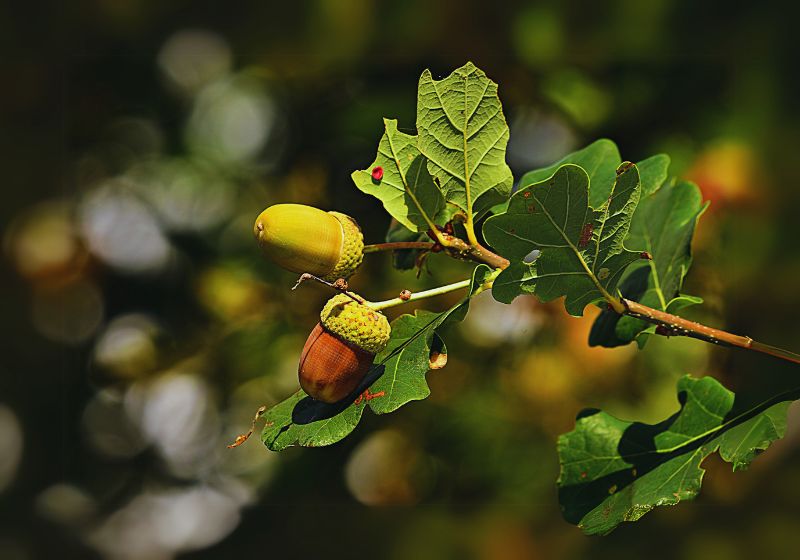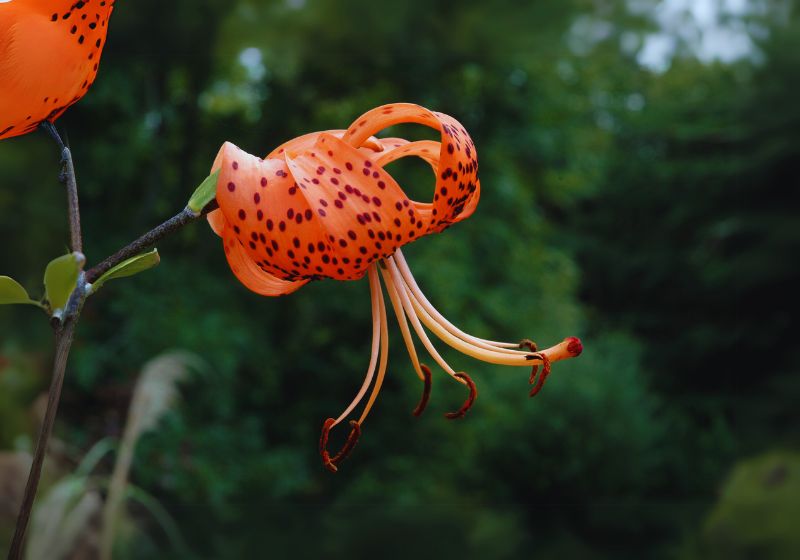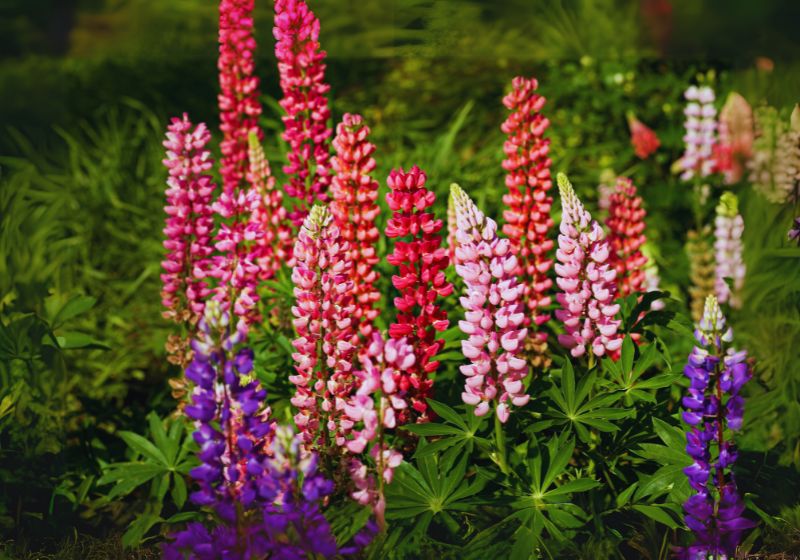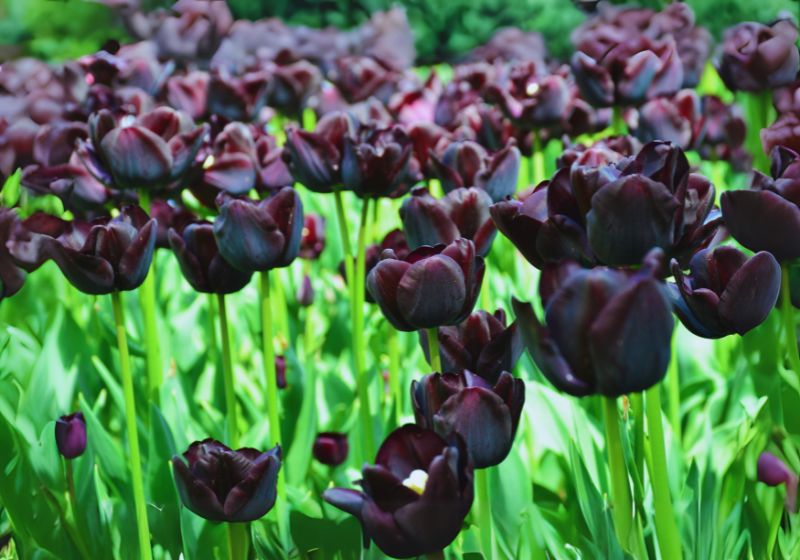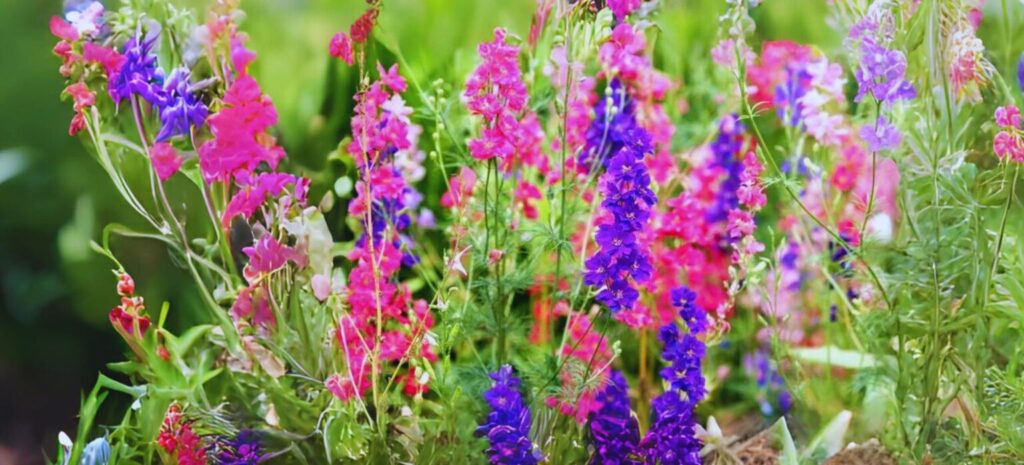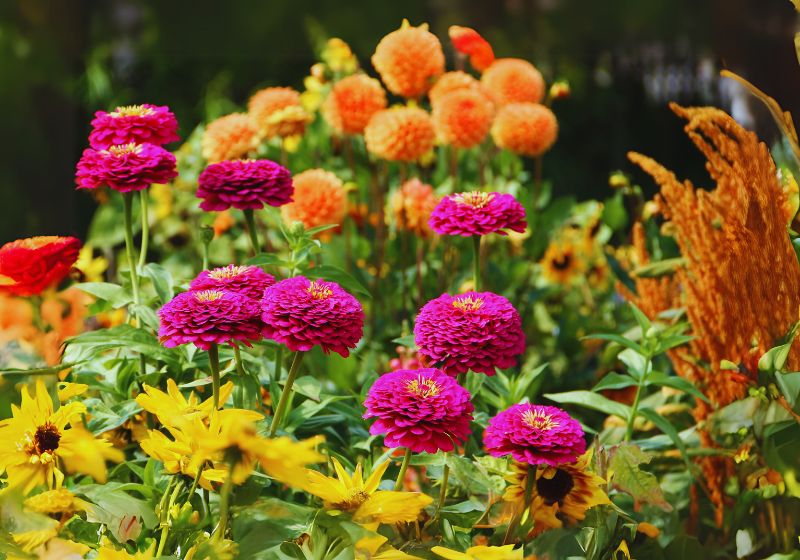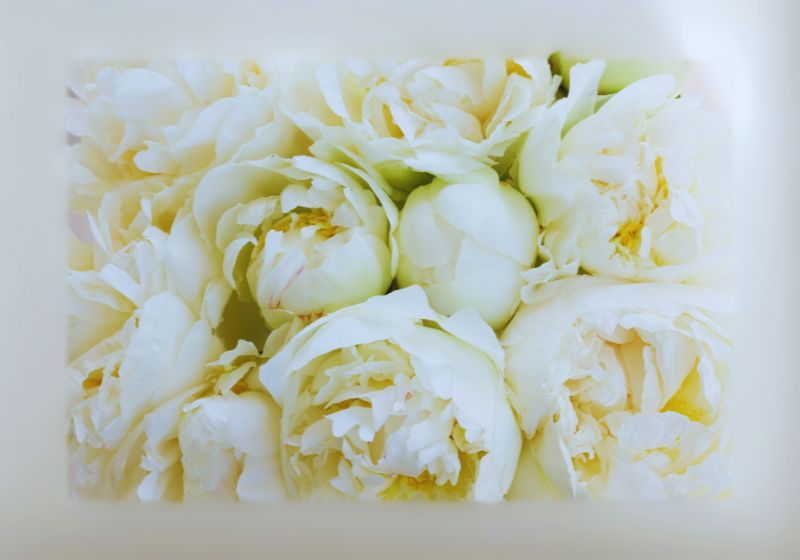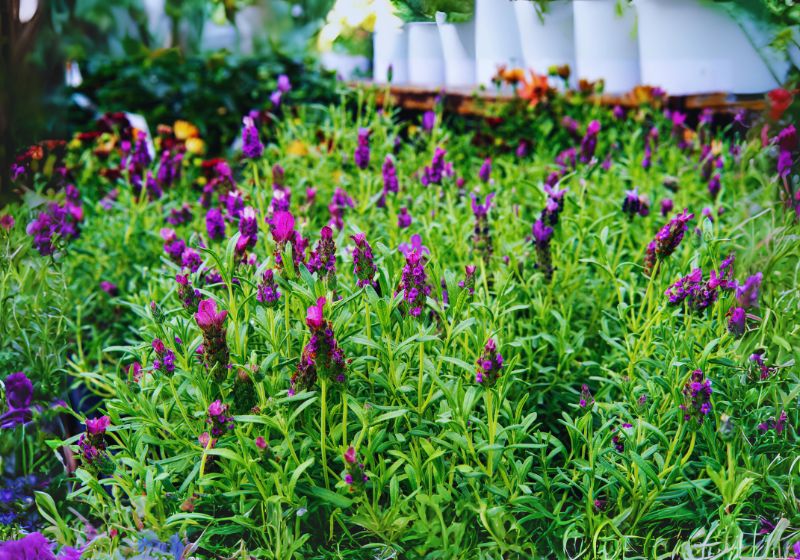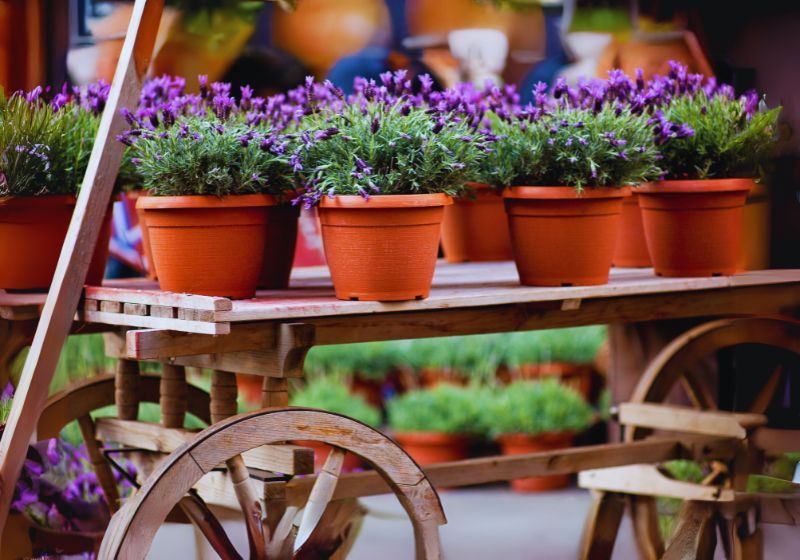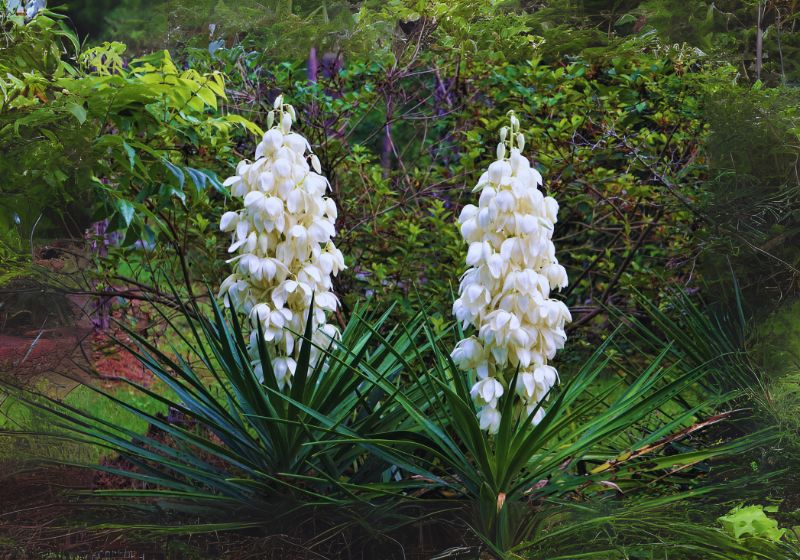How to Grow and Care for Sweet Peas: A Beginner’s Guide

The garden becomes more vibrant when you plant sweet peas (Lathyrus odorous) which develop beautiful flowers along with lovely fragrance. Growers can cultivate their sweet peas without difficulty while these plants deliver long periods of bloom with appropriate care. The guide presents all important aspects to cultivate sweet peas including seed planting steps as well as guidance for resolving typical garden challenges.
Understanding Sweet Peas
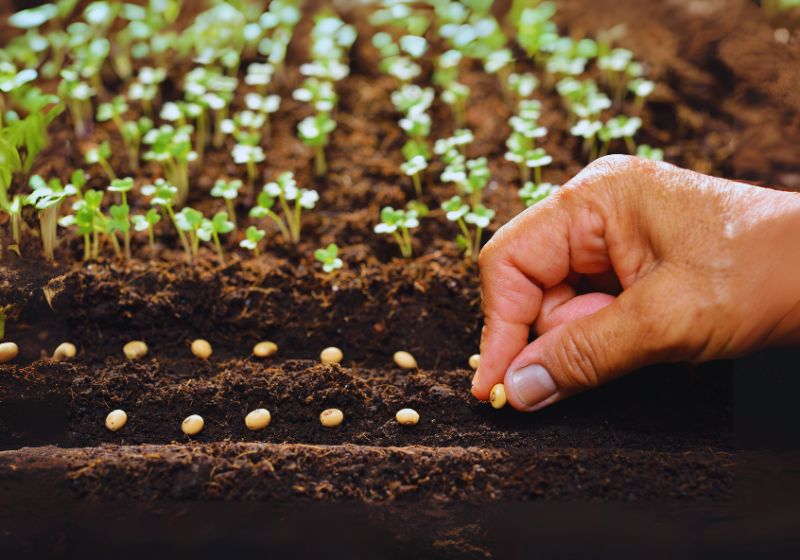
The sweet pea plant establishes its growth as a climbing legume that belongs to the Fabaceae family. Due to their preference for low temperatures these plants achieve popularity among gardeners and florists because of their aromatic flowers. These flowering plants exist in pink as well as purple and blue and white and red color variations.
Varieties of Sweet Peas
Sweet peas exist in various types which include:
- Grandiflora: Known for their strong fragrance and old-fashioned charm.
- The Spencer Group produces large flowers that exhibit frilled petals which attract exhibition use.
- Dwarf or Bush Types: Compact varieties suitable for containers and small spaces.
- There are perennial sweet peas named Everlasting Peas (Lathyrus lactifies) which return every year but have no fragrance.
Sweet Peas Choosing the Right Location
The growth environment for sweet peas depends on having the right site preparation for optimal development. Right location selection constitutes an essential factor for plant health.
Sunlight Requirements
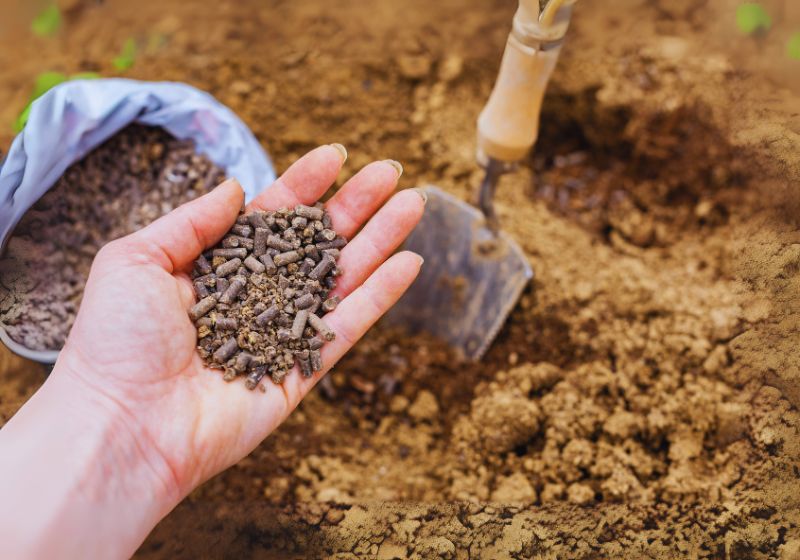
- Sweet peas require direct sunlight exposure for at least six hours daily in order to flourish during their growing and blooming stages.
- Sweet peas receive maximum benefits from shaded areas during hot afternoon hours to stop themselves from overheating.
Soil Preparation
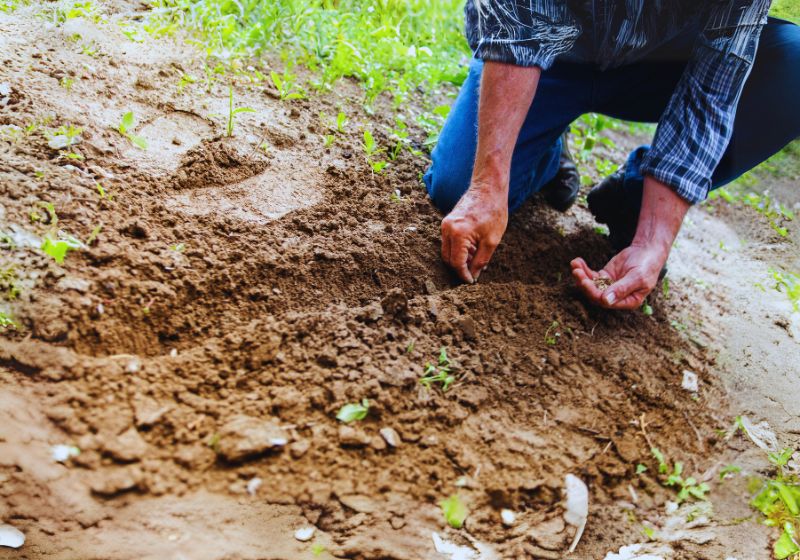
- Plant sweet peas successfully by growing them in neutral to slightly alkaline soil (pH 6.5-7.5) that drains well.
- The addition of compost together with well-rotted manure enhances soil fertility.
- The poor root development linked to heavy clay soils must be avoided when planting sweet peas.
Planting Sweet Peas
Seed or seedling methods can both be used to cultivate sweet peas. The correct planting methods contribute to creating robust and vigorous plants.
When to Plant
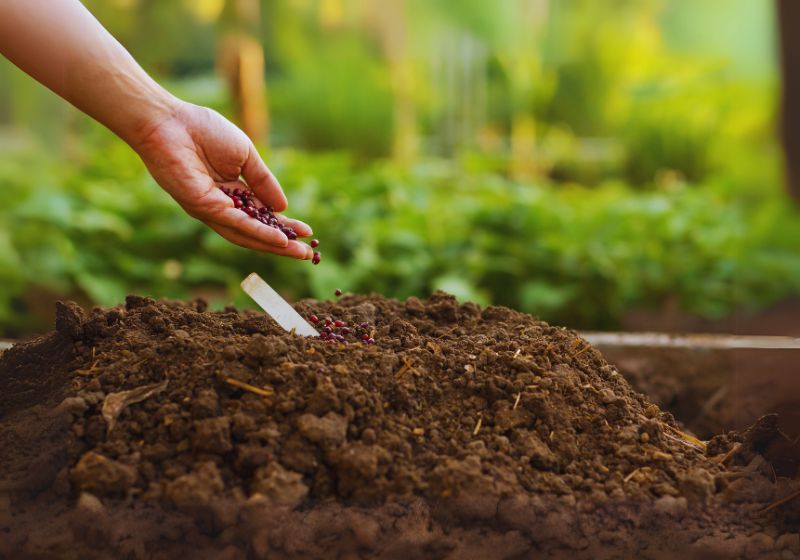
- Plants should be seeded into sweet pea crops during early spring when the soil reaches garden-working conditions in cool climate zones.
- In warmer climates, plant them in late autumn or winter so they establish before summer heat arrives.
How to Plant from Seeds
Before seeding you must immerse the seeds in water between 12 to 24 hours to speed their germination process.
Sowing Seeds:
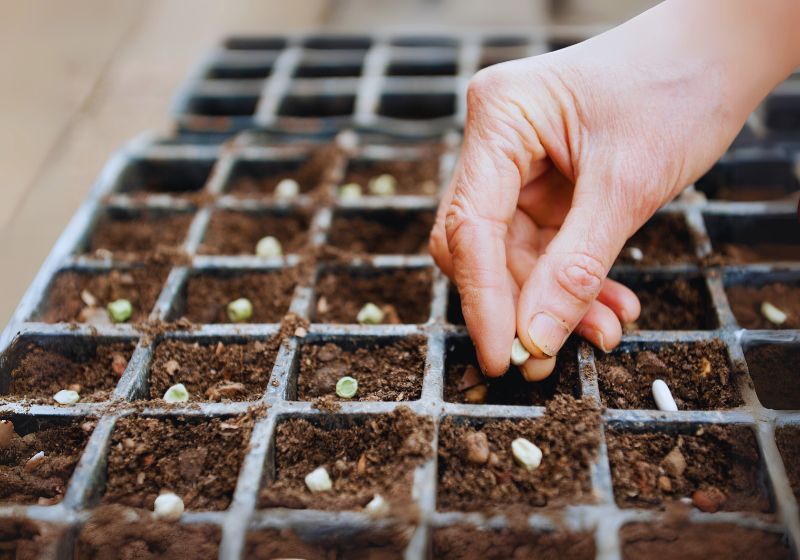
- Plants need 1 inch (2.5 cm) of soil depth with seeds set 2-3 inches (5-7 cm) apart from one another.
- Seeds that are planted in rows need at least six inches (15 cm) of distance between each row.
- Seed germination demands about 10-14 days to complete the process.
- When seedlings reach 4-5 inches (10-12 cm) in height it becomes necessary to thin them to maintain proper air circulation between each plant with at least 6 inches (15 cm) apart.
Starting Indoors
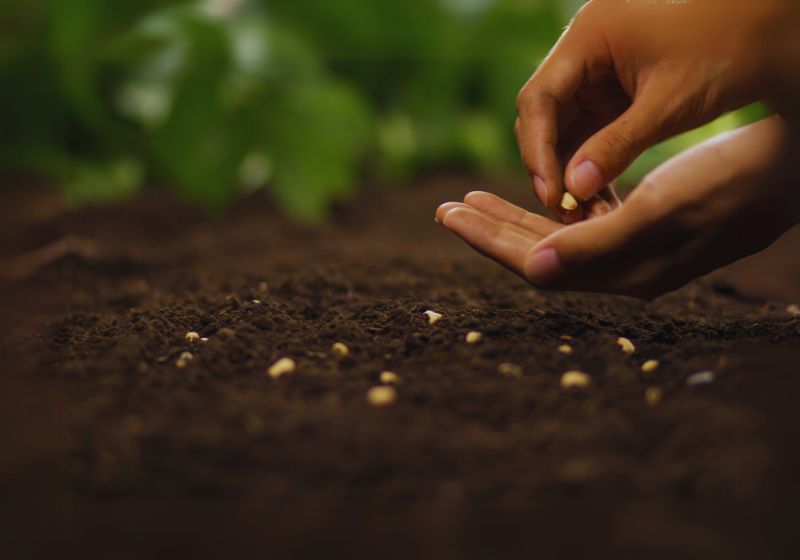
- Failure to use peat pots with biodegradable containers will increase the risk of transplant shock.
- Your seedlings require warm temperatures between 55 to 65 Fahrenheit which is equivalent to 13 to 18 Celsius degrees while lighting their environment with bright illumination.
- Plant seedlings with two sets of leaves into the garden.
- Supplementary steps for keeping sweet peas growing vertically include
- The growth of sweet peas depends on proper support systems because these plants need to climb.
Types of Supports
- Trellises provide a timeless option because they enable produce vines to reach naturally.
- Obelisks together with Arches provide both decorative support and garden charm.
- The installation of netting and fencing creates enough space to support multiple vine growth.
- Bamboo Stakes & Strings: Useful for small spaces and containers.
Training Sweet Peas
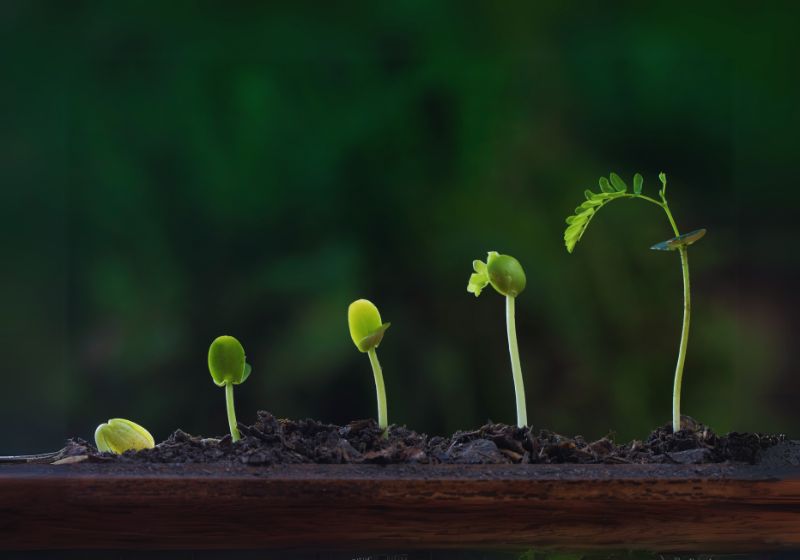
- New vine growth should get attached to garden twine for support while caring for the delicate plant structure.
- Guide the tendrils of your plants so they move toward the structure for upward development.
Watering and Feeding Sweet Peas
The full potential growth of sweet peas relies on steady water supply together with nutrient supplementation.
Watering Needs
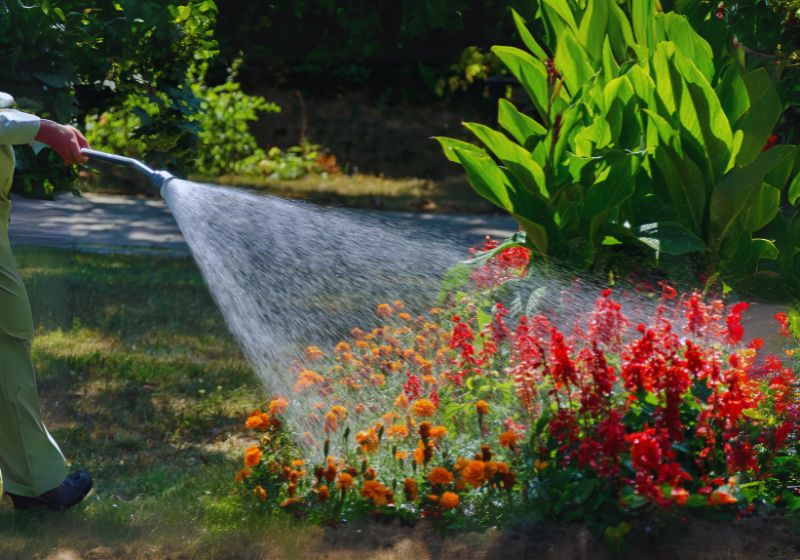
- Drought conditions require watering the plants continuously throughout.
- Root rot occurs when soils become waterlogged so it should be avoided during care.
- Placing mulch over plant roots will help plants preserve moisture while blocking weed growth.
Fertilizing Schedule
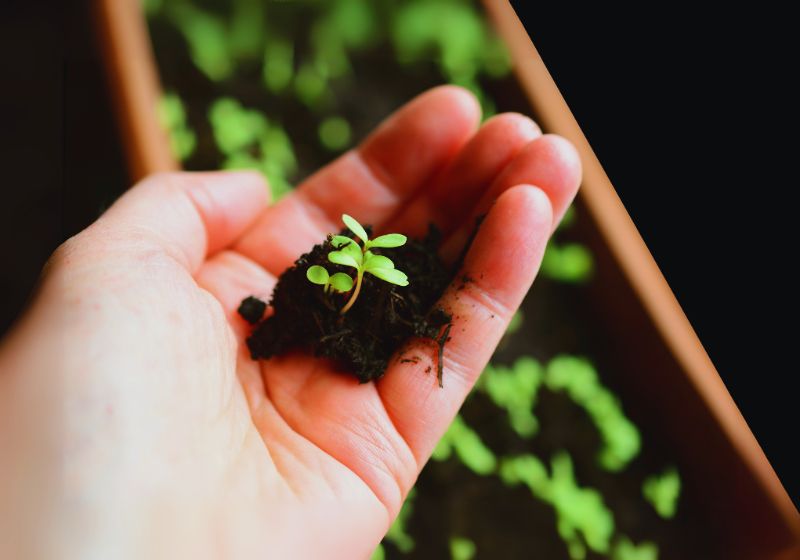
- A balanced liquid fertilizer should be applied to the plants every 2-3 weeks.
- The addition of tomato feed as a high-potassium fertilizer becomes necessary right before the plants begin their flowering stage.
- High levels of nitrogen should be avoided since the nutrients stimulate leaf growth instead of blooming development.
- The practice of controlled cutting and trimming serves to stimulate better growth outcomes.
- By pinching and pruning sweet peas will develop denser growth that results in increased bloom production.
Pinching

The process of pinching should happen when seedlings reach between 10-15 cm (4-6 inches) in height by removing the top two leaves to activate more side shoot growth.
Deadheading
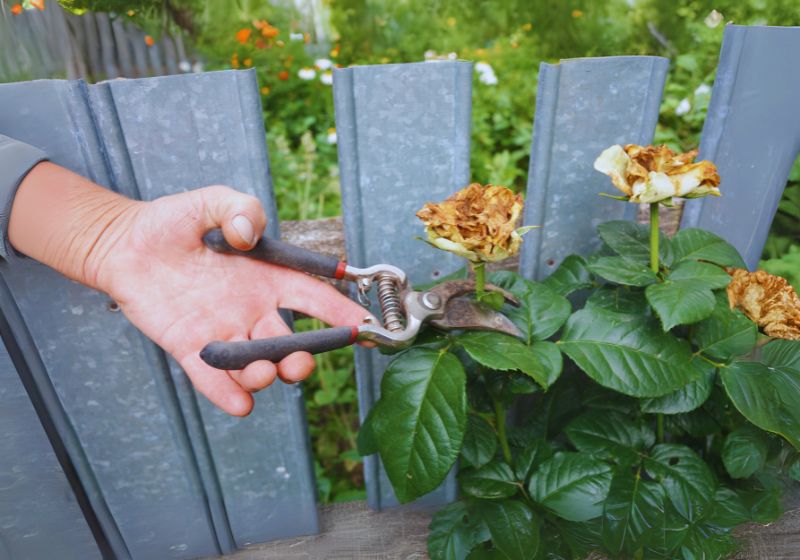
Before seeding you must immerse the seeds in water between 12 to 24 hours to speed their germination process.
Sowing Seeds:
- Plants need 1 inch (2.5 cm) of soil depth with seeds set 2-3 inches (5-7 cm) apart from one another.
- Seeds that are planted in rows need at least six inches (15 cm) of distance between each row.
- Seed germination demands about 10-14 days to complete the process.
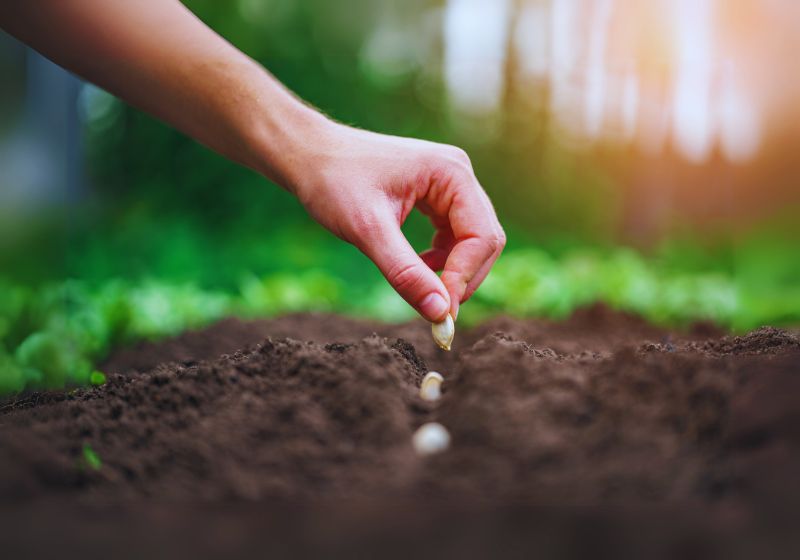
- When seedlings reach 4-5 inches (10-12 cm) in height it becomes necessary to thin them to maintain proper air circulation between each plant with at least 6 inches (15 cm) apart.
Starting Indoors
- Failure to use peat pots with biodegradable containers will increase the risk of transplant shock.
- Your seedlings require warm temperatures between 55 to 65 Fahrenheit which is equivalent to 13 to 18 Celsius degrees while lighting their environment with bright illumination.
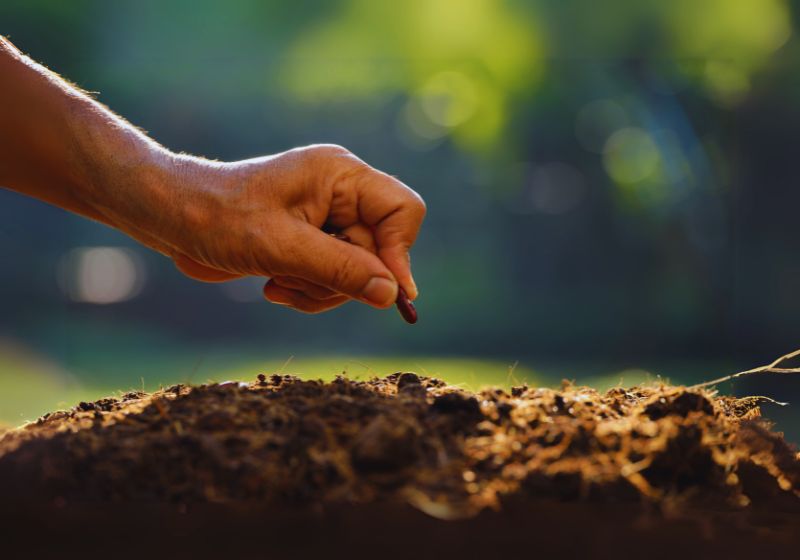
- Plant seedlings with two sets of leaves into the garden.
- Supplementary steps for keeping sweet peas growing vertically include
- The growth of sweet peas depends on proper support systems because these plants need to climb.
Benefits of Growing Sweet Peas
- The blossoms of sweet peas stand out because of their multiple flower colors and delightful smell which boosts both garden beauty and floral displays.
- The plants support pollinators by drawing bees and butterflies which help ecosystem sustainability.
- These plants easily succeed everywhere since they flourish under proper growing support while needing limited maintenance for optimum growth.
- The blossoms combined with their lengthy petioles make them ideal for combining with other flowers as cut decorations.
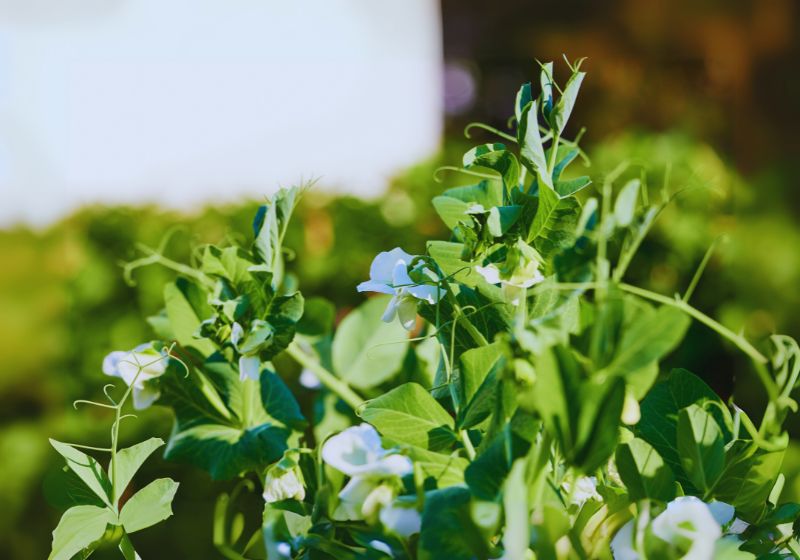
- Natural Air Freshener scents will naturally produce aromatic results that clean both outdoor settings and indoor home environments.
- Vertical Gardening becomes possible because climbing sweet pea varieties spread up to fill available space properly. This suits small gardens together with balconies.
- The symbolic meaning of sweet peas is gratitude and pleasure thus making them a meaningful garden addition.
Conclusion
Sweet Peas process of tending sweet peas produces both enjoyment and satisfaction. Proper care will allow these beautiful flowers to introduce months of colorful and aromatic growth in your garden. The guide below instructs readers to cultivate sweet peas successfully for continuous seasonal beauty.
Read more: Complete Guide to Growing and Caring for Tiger Lily Flowers


 English
English 

